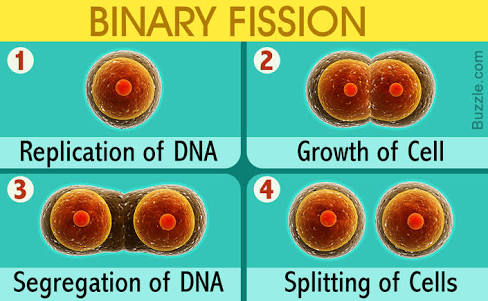

During this procedure, the body first duplicates its genetic elements, and then divides into two bodies through the process of cytokinesis. It is a type of artificial reproduction in which a body splits into two new bodies, each of which contains a unique copy of the DNA of the original body. Moreover, because binary fission is a primitive reproductive technique in prokaryotes, and because all of the ensuing new cells are genetically identical to one another and to the parent cell, there is no development of a spindle apparatus in the cell during this sort of reproduction process. During this reproduction process, the parent cell divides into two new daughter cells, and during this process, both duplication and division of the parent cell’s genetic material occur, and each daughter cell receives a single copy of the parent genetic material, as opposed to sexual reproduction. Tubulin is a member of the Amoebidae familyĪmoeba are incredibly diverse in nature, and as a result, they reproduce in a variety of different ways, including binary fission, spore development, and even sexual reproduction.Īmoeba reproduces asexually most commonly through binary fission.Throughout contrast to other taxonomic groups, amoebae are present in every major lineage of eukaryotic organisms and do not belong to any one of them. Unicellular organisms such as amoebas, also known as amoeboids, are a type of cell or unicellular creature that has the ability to change its shape, most notably by extending and retracting pseudopods. When an organism divides into two halves (cytokinesis), it duplicates its genetic material, also known as deoxyribonucleic acid (DNA), with each new creature obtaining one copy of the genetic material.Amoeba

Binary Fissionīinary fission is an asexual reproduction method in which the organism is divided into two new bodies. This mechanism is more likely to occur when the surrounding environment is at its most favourable. Binary fission entails a number of procedures that are similar to those required by a higher creature, as bacterial cells must duplicate their DNA they have several straight rods, similar to chromosomes, that are enclosed in a membrane-bound nucleus, as do higher organisms.

Asexual cell division processes such as binary fission are examples of this sort of cell division process. Unicellular creatures reproduce via cell division or fission, which is the most basic kind of reproduction available, in order to produce new individuals and maintain the species. Depending on the type of organism, there are various types of reproduction available, ranging from the most basic asexual type to the most complicated sexual ones. A species’s ability to preserve its continuity is therefore dependent on this mechanism. Note that in fragmentation, there is generally a noticeable difference in the size of the individuals, whereas in fission, two individuals of approximately the same size are formed.Reproduction is a biological process that is required in order for a race or species to survive and flourish. The large arm, a fragment from another sea star, is developing into a new individual. \): Fragmentation: Sea stars can reproduce through fragmentation.


 0 kommentar(er)
0 kommentar(er)
